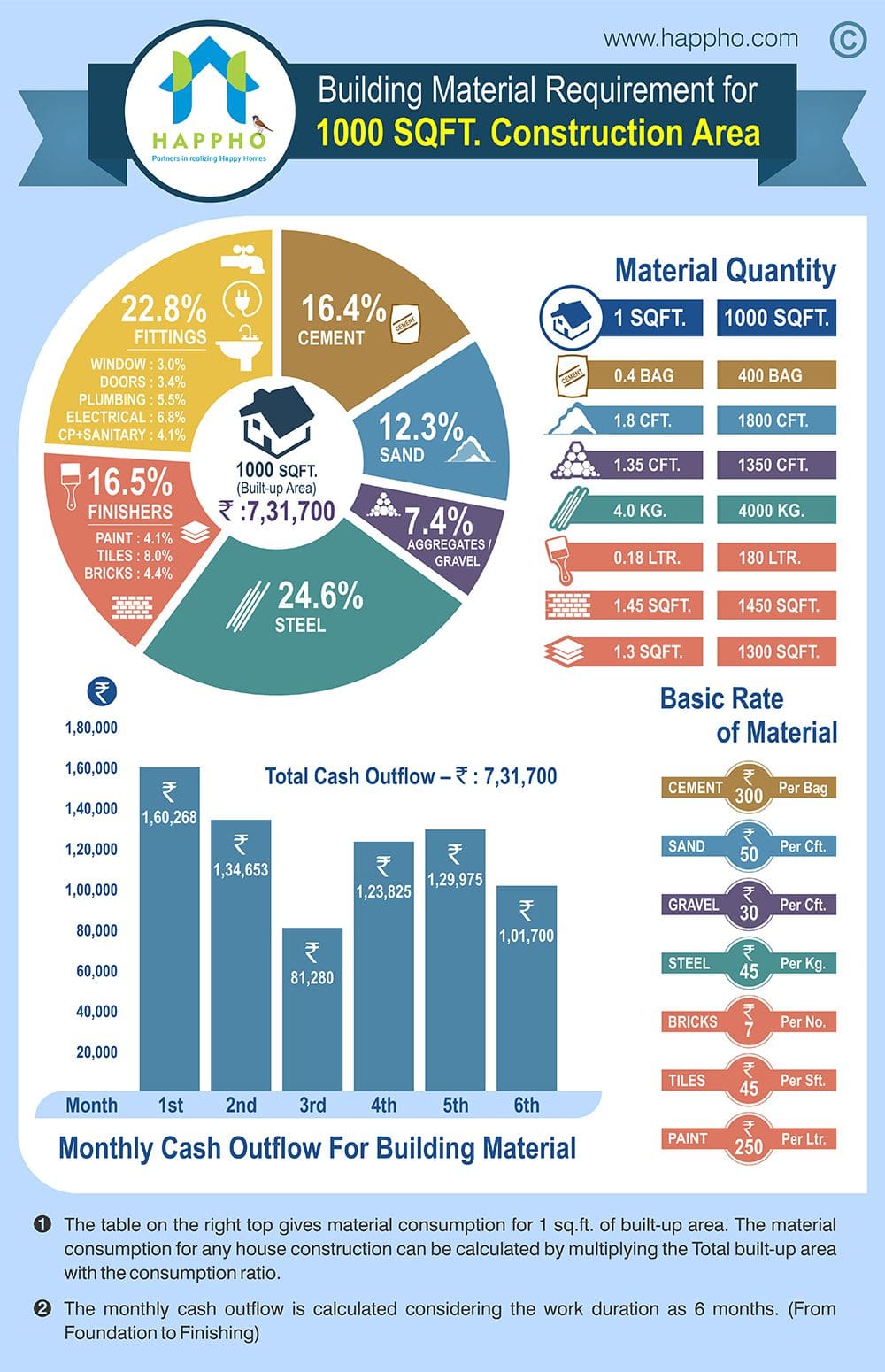Trick Seasonal Considerations For Commercial Exterior Paint: What You Need To Be Enlightened Concerning
Trick Seasonal Considerations For Commercial Exterior Paint: What You Need To Be Enlightened Concerning
Blog Article
Authored By-Aguilar Chaney
When you're planning a commercial outside painting job, seasonal elements can make or break your outcomes. You'll want to consider how temperature and humidity impact paint application and drying times. Picking the ideal period can guarantee your paint adheres correctly and lasts longer. But which periods are absolutely the best for this sort of job? Let's discover the crucial elements that can impact your project's success.
The Effect of Temperature Level on Paint Application
When you're planning a commercial exterior paint project, the temperature can significantly impact just how well the paint sticks and dries.
Preferably, you want to paint when temperatures vary between 50 ° F and 85 ° F. If it's too chilly, the paint might not treat effectively, resulting in problems like peeling off or cracking.
On the other hand, if it's also hot, the paint can dry also quickly, avoiding correct attachment and causing an uneven surface.
You ought to also consider the time of day; morning or late afternoon provides cooler temperature levels, which can be extra favorable.
Constantly examine painting contracts near me for the specific paint you're making use of, as they frequently offer advice on the excellent temperature array for ideal results.
Humidity and Its Result on Drying Times
Temperature isn't the only ecological factor that affects your industrial external painting job; moisture plays a substantial function too. High humidity levels can decrease drying times dramatically, affecting the total high quality of your paint job.
When the air is saturated with moisture, the paint takes longer to heal, which can lead to problems like inadequate attachment and a higher risk of mold growth. If you're repainting on an especially humid day, be prepared for extended delay times between coats.
It's critical to keep track of local weather conditions and strategy accordingly. Preferably, aim for moisture degrees between 40% and 70% for optimal drying.
Maintaining these consider mind ensures your task remains on track and supplies a long lasting coating.
Best Seasons for Commercial Outside Painting Projects
What's the most effective time of year for your industrial exterior painting jobs?
Springtime and very early fall are typically your best bets. Throughout these periods, temperatures are light, and humidity degrees are frequently reduced, producing suitable conditions for paint application and drying.
Avoid summer season's intense heat, which can cause paint to dry as well promptly, resulting in bad adhesion and finish. In a similar way, wintertime's chilly temperature levels can prevent correct drying out and treating, risking the longevity of your paint work.
Aim for days with temperature levels between 50 ° F and 85 ° F for ideal results. commercial exterior painting in mind to examine the regional weather report for rain, as damp conditions can wreck your task.
Planning around these elements guarantees your paint project runs smoothly and lasts much longer.
Verdict
In conclusion, preparing your commercial outside paint tasks around seasonal factors to consider can make a significant difference in the end result. By organizing work during the suitable temperatures and humidity degrees, you'll make sure better bond and drying out times. Bear in mind to watch on local weather forecasts and choose the correct time of year-- spring and early autumn are your best choices. Taking these actions will help you accomplish a resilient and professional coating that lasts.
